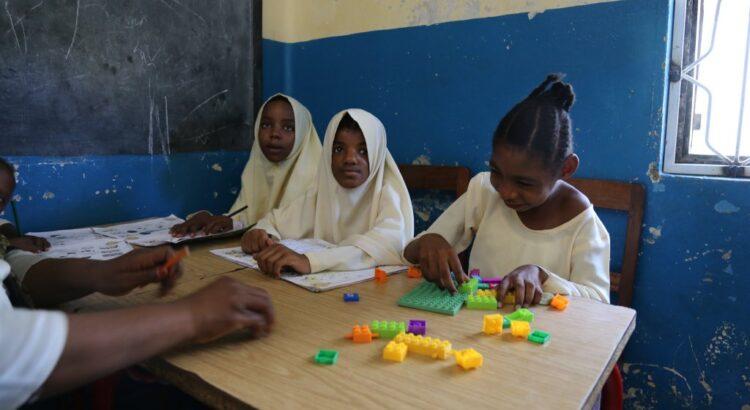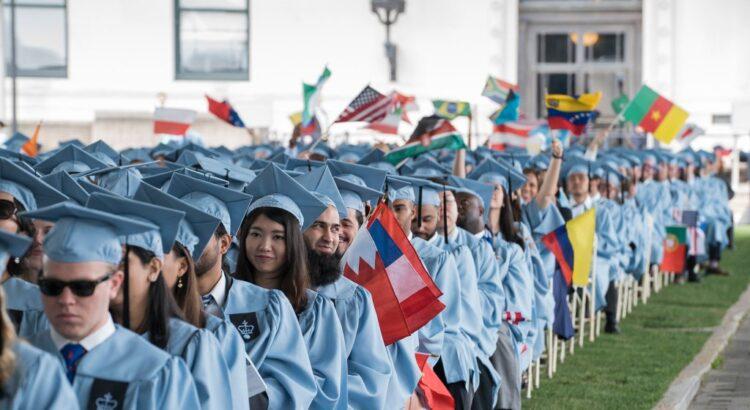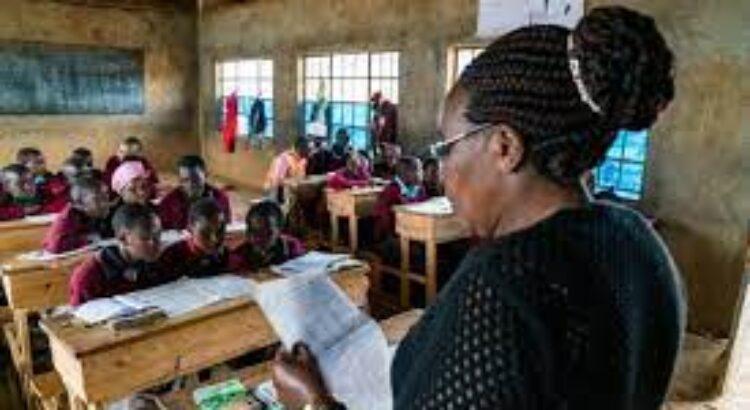By Silvia Montoya, Director of the UNESCO Institute for Statistics.
Globally, women make up over half of all students who have enrolled in tertiary education, but they remain considerably less likely to choose STEM fields. In 2018–23, new UIS data released for the 2024 GEM Gender Report show that women made up only 35% of STEM graduates, showing no progress over the past ten years.
The data show us that, in 12 out of 122 countries, at most one in four graduates were female. Of those, 5 were in sub-Saharan Africa, but there were also high-income countries, such as Chile and Switzerland. In European and other high-income countries, the share of women in STEM fields of study drops heavily at the end of secondary school. In OECD countries, women make up only 31% of those entering STEM programmes, compared with over 75% in education, health and welfare (OECD, 2024). The proportion of female STEM graduates exceeds 40% in Greece, Iceland and Poland. At the opposite end, there were 9 countries where the majority of STEM graduates were female, notably Arab States, such as the Syrian Arab Republic and Tunisia. High shares of female STEM graduates in Arab countries coincide with lower mathematics anxiety.

For a subset of 50 countries with data for 2010–11 and 2020–21, there has been no change in the share of STEM graduates who are female. There are some notable examples of stagnation, such as Chile where the share has remained constant at 20%. The three countries with the largest fall in the share in this 10-year period were already well above average. The country with the largest fall among those with an initial position below average was Hungary (by five percentage points to 29%). At the opposite end, the three countries with the largest increase were North Macedonia (from 40% to 50%), the Netherlands (from just 21% to 31%) and Morocco (from 39% to 49%)

Bundling all STEM subjects together hides some variation. In 2016–18, women represented 28% of engineering, manufacturing and construction tertiary graduates and 30% of ICT tertiary graduates, but 57% of natural sciences, mathematics and statistics graduates (ranging from less than 20% in Bangladesh, Burkina Faso and Burundi to more than 80% in Bahrain, Maldives and the United Arab Emirates). In Saudi Arabia, 70% of students completing a degree in natural sciences, mathematics and statistics were women in 2019, compared to only 4% in engineering, manufacturing and construction. In Latin America and the Caribbean, women represented at most 40% of the STEM graduates but made up only 31% in engineering, manufacturing and construction and 18% in ICT.
As young women are more likely to graduate from university in the majority of countries, however, the share of females in the total number of STEM graduates is slightly misleading. A closer look at the shares of females and males who are STEM graduates shows that the gender gap in tertiary field choices is starker. Only 15% of young women end up being STEM graduates, compared to 35% of young men. Countries with very large absolute gaps in excess of 30 percentage points include Finland, Germany and Sweden. Countries with very large relative gaps include Belgium, Latvia and Spain. In contrast, Mauritania, Samoa and the United Republic of Tanzania are among the few countries with no gap.

The gender gaps in those studying STEM degrees translate into gender gaps in those pursuing STEM careers, as the 2024 GEM Gender Report, Technology on her terms, describes. It shows that women held less than 25% of science, engineering and ICT jobs in 2022. It has also been estimated that women occupy just over one in five technology positions in companies. Similar disparities are found among STEM teachers. The 2018 Teaching and Learning International Survey results showed that 31% of lower secondary school male teachers teach STEM subjects compared to 25% of female teachers. Large gender gaps were observed in Denmark (14 percentage points), Brazil (10 percentage points) and Slovenia (8 percentage points).
The 2024 GEM Gender report recommends that female leadership in artificial intelligence and technology development be promoted in order to assure gender-sensitive digital transformation and address gender stereotypes in algorithms. This includes investing in programmes that can empower girls and young women to study in STEM fields and to pursue STEM careers in order to encourage non-discrimination and gender balance in technological design.
The post New UIS data show that the share of women in STEM graduates stagnant for 10 years appeared first on World Education Blog.




















 Users Today : 101
Users Today : 101 Total Users : 35405235
Total Users : 35405235 Views Today : 128
Views Today : 128 Total views : 3335000
Total views : 3335000